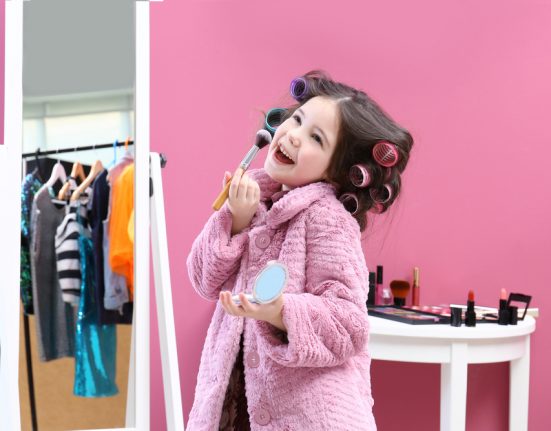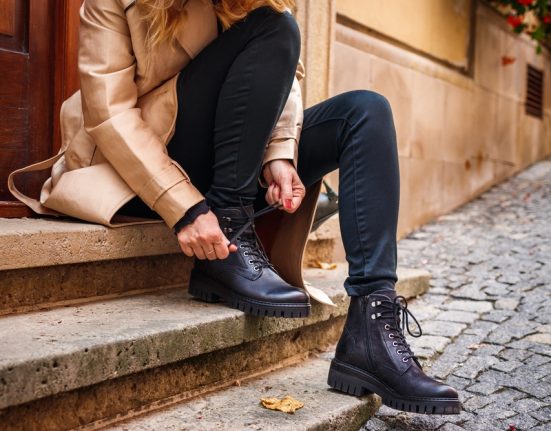If you’re not in a setting where you’re expected to wear the best suits all the time, keeping tabs on all the style rules to follow might take time and effort. Many of them are unspoken, and you’re only clued in if you’re doing it wrong (because someone will immediately tell you so) or live and work as an expert or avid fashion follower.
To avoid this, we took the time to round up the essential rules for wearing a suit and put them into a simple, condensed cheat sheet that you can easily refer to whenever you find yourself neck-deep in a three-piece. Also, if you’re building your “suit wardrobe,” the good news is you only need a few staple suits that will work for any occasion.
There are always exceptions and qualifications for each of these rules, so don’t take them as the end-all-be-all. Adding some personal flair is vital to building your own unique look. Remember that menswear has some rules, some guidelines, and some moments when you can color outside the lines.
The Basics of How to Wear a Suit
- Your belt should be relatively thin, between an inch and an inch and a half. The thinner one-inch belts are for smaller men with a 34-inch waist or smaller. They should also match your shoes and watch (if it has a leather band).
- Your tie bar should be the right length. The rule of thumb is that it should be over halfway across but not quite to the other edge.
- Remember the “somedays, always, never” rule regarding the buttons on your suit. On a three-button suit, the top button is sometimes buttoned when standing, the middle is always done, and the bottom is never buttoned. On a two-button suit, the top button is always done, and the bottom is never done. Vests and cardigans follow the same rules.
- Always unbutton your suit before sitting down. It will pull in all directions if you keep it buttoned when you sit. Not only will it look strained and unflattering, but the buttons can pull off; you never know where they will shoot when under that much strain.
- Permanently remove the stitching on the vents and the label on the left sleeve before wearing a new suit.
- Never remove the stitching of the jacket pockets and never use your pockets; they can easily be stretched out, warping the entire suit. The exception to this rule is the breast pocket on the left side of your chest.
The Finer Points of Wearing a Suit
- The width of your tie should match the width of your lapel. Thin ties with thick lapels can make one or both look outdated. Ensuring that both are the current in-style will keep you looking like you know what you’re doing.
- Your tie should just reach the waistband of your trousers or the top of your belt buckle. Too long makes you look short and incapable; too short can make you look overweight and disheveled.
- Your suit jacket should be just long enough to cover your pant zipper and the seat of your pants. As the years have gone by, the style has changed to include longer or shorter, but the middle ground will keep you safe year in and year out.
- The top button of a two-button (or the middle button of a three-button) jacket should fall at or above your navel.
- Sleeve cuffs should be exposed about a quarter inch.
- Ensure that your socks are long enough that there’s no exposed leg when sitting down.
- A good tailor can work wonders on a suit that you love but know it won’t fit or feel like it did before.
Style-Savvy Tips for Wearing a Suit
- A pocket square adds an extra level of polish, but make sure it doesn’t match your tie in either pattern or fabric choice. Complimenting is better than matching. Matching makes it look like you got it out of a cheap box set.
- Opt for a charcoal or gray suit over black unless you’re attending a funeral or other equally conservative event. Black is too formal for anything at the office nowadays; best keep it for after 6 pm.
- The pant hem should hit right at the top of your shoe for a more fashion-forward look. Your tailor will call this a no break. A full break will bunch up at the top of your shoes, and will make you look short, and living in the 90s.
- When you go without a tie, it’s best to keep your shirt collar on the smaller side.
- Double vents in the back are more modern and fashionable.
- Avoid over-accessorizing. If you’re already wearing a pocket square and a tie bar, you’ll want to reconsider that clever lapel pin.
Tips for Smart Suit Shopping
- Choose fabric according to how often you’ll wear the suit. The most versatile option is a soft but durable wool-like super 120 (a measure of yarn fineness); any higher is too delicate for daily use.
- When buying an off-the-rack suit, the first thing to check is how the shoulders fit.
- A collar gap between your jacket’s lapels and your shirt’s collar can signify an ill-fitting jacket.
- Opt for a double-button, notched lapel jacket if you’re going for more formal business attire.
- Opt for a single-button, peak-lapel jacket for a more casual, trendy look.
- You should be able to slip your hand between your chest and your buttoned jacket so that it feels snug but has room to move.
- Visible stitches around the edges of your lapels (called pick-stitching) aren’t necessarily a sign of a well-made garment anymore. However, they can be an attractive decorative flourish — as long as they’re subtle.
The 2 Tailored Garments You Must Have
Eric Powell, Founder of Ratio Clothing, a digital and brick-and-mortar business that custom-tailors your shirts and suits, says these two suits should be the building blocks of your suit wardrobe:
Dark All-Season Solid
“If you only want one suit in your closet, this is the one. This is the all-purpose suit you can wear to weddings, funerals, job interviews, and everything in between. Dark charcoal or navy is the move here — not black. A black suit can look stark in daylight and is generally reserved for service staff uniforms,” says Powell. “Keep things simple on this one with a two-button, notch lapel. A solid fabric will make it versatile, so you can pair it with virtually any shirt or tie. We like a Super 110’s or Super 120’s gabardine that will be comfortable to wear in any season.”
Navy Blazer
“Not a suit exactly, but these days the situation often calls for something less than a full suit. The navy blazer is your friend when the formality is unclear or if you want to kick your casual wear up a notch. Wear them with jeans or your finest wool trousers. Throw on a tie. Or not. If you wear a navy blazer, you’ll rarely be underdressed or overdressed,” Powell says. “We like a travel-ready fabric like hopsack for your navy blazer. Connoisseurs will often go with an unconstructed model for their all-purpose blazer. This keeps things less rigid, literally and figuratively, and will be comfortable for long days that take you from the office to an evening on the town.”
This should get you started on building a stellar wardrobe with quality, fit, and versatility. No matter who you are and your lifestyle, every man needs a fitting suit. Follow these tips, and you will be well on your way to wearing the best suits at the office or wedding party.








